Analysis of Fixed and Flexible Budgets
VerifiedAdded on 2023/01/18
|5
|641
|36
AI Summary
This article provides an analysis of fixed and flexible budgets, including examples and advantages and disadvantages of each. It also discusses the importance of budget variance.
Contribute Materials
Your contribution can guide someone’s learning journey. Share your
documents today.
1 out of 5
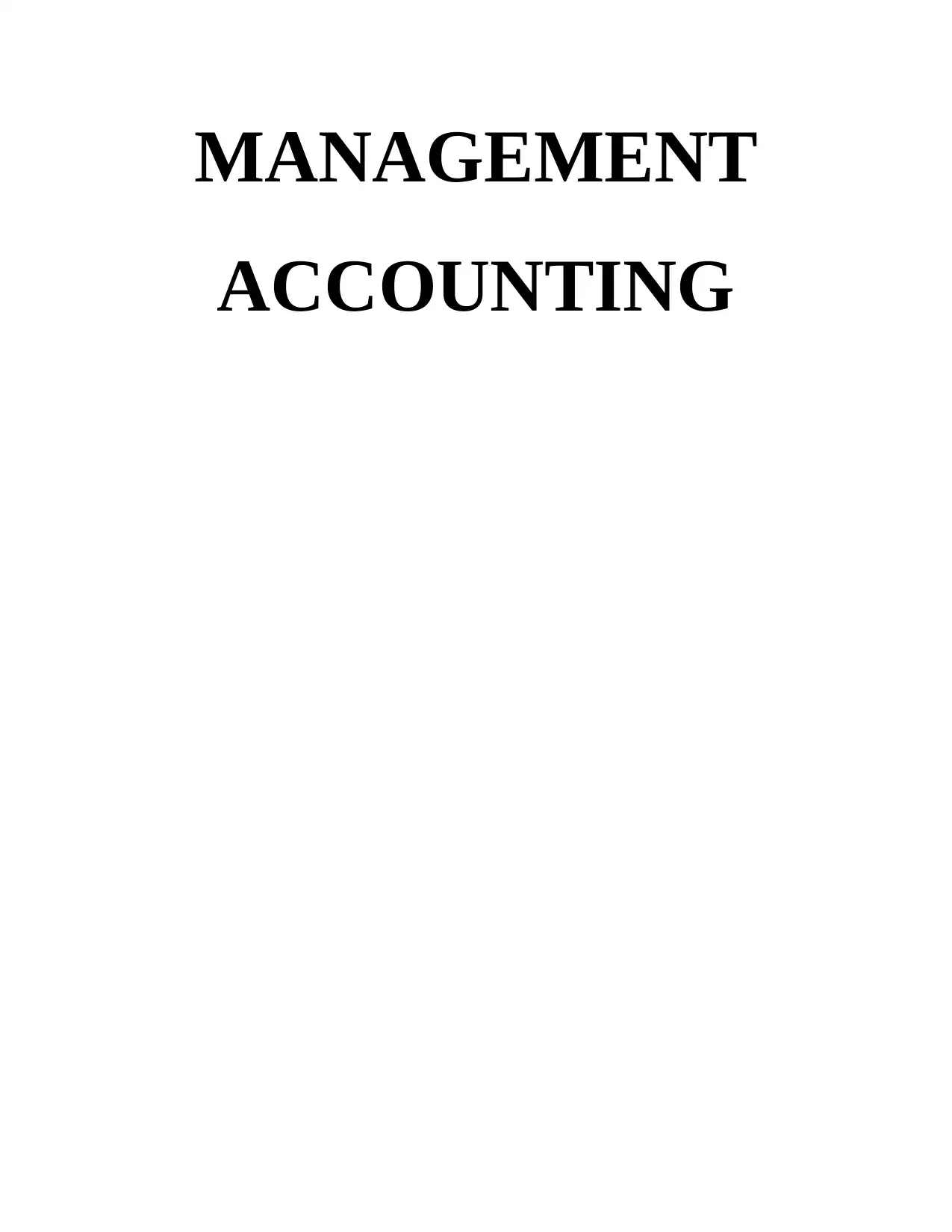
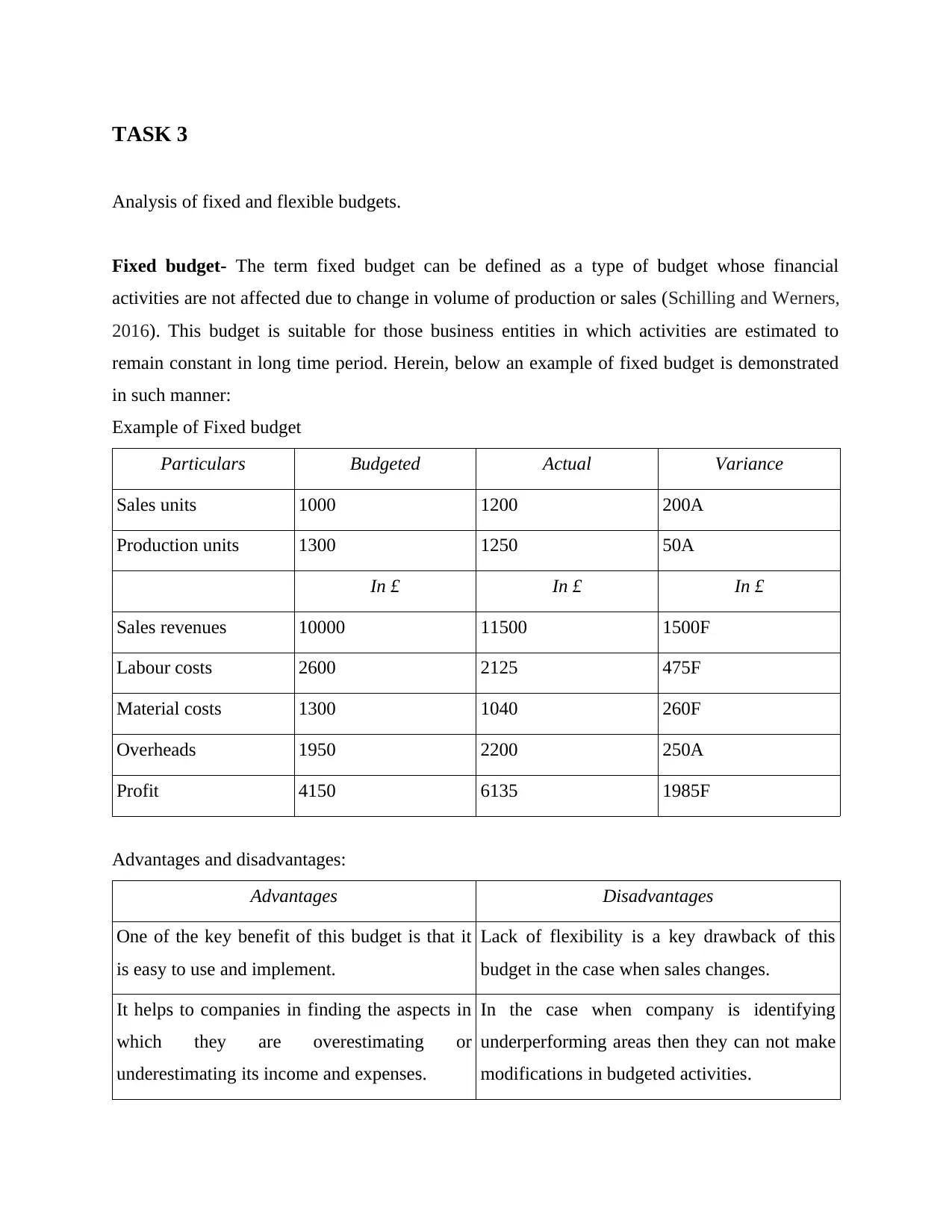
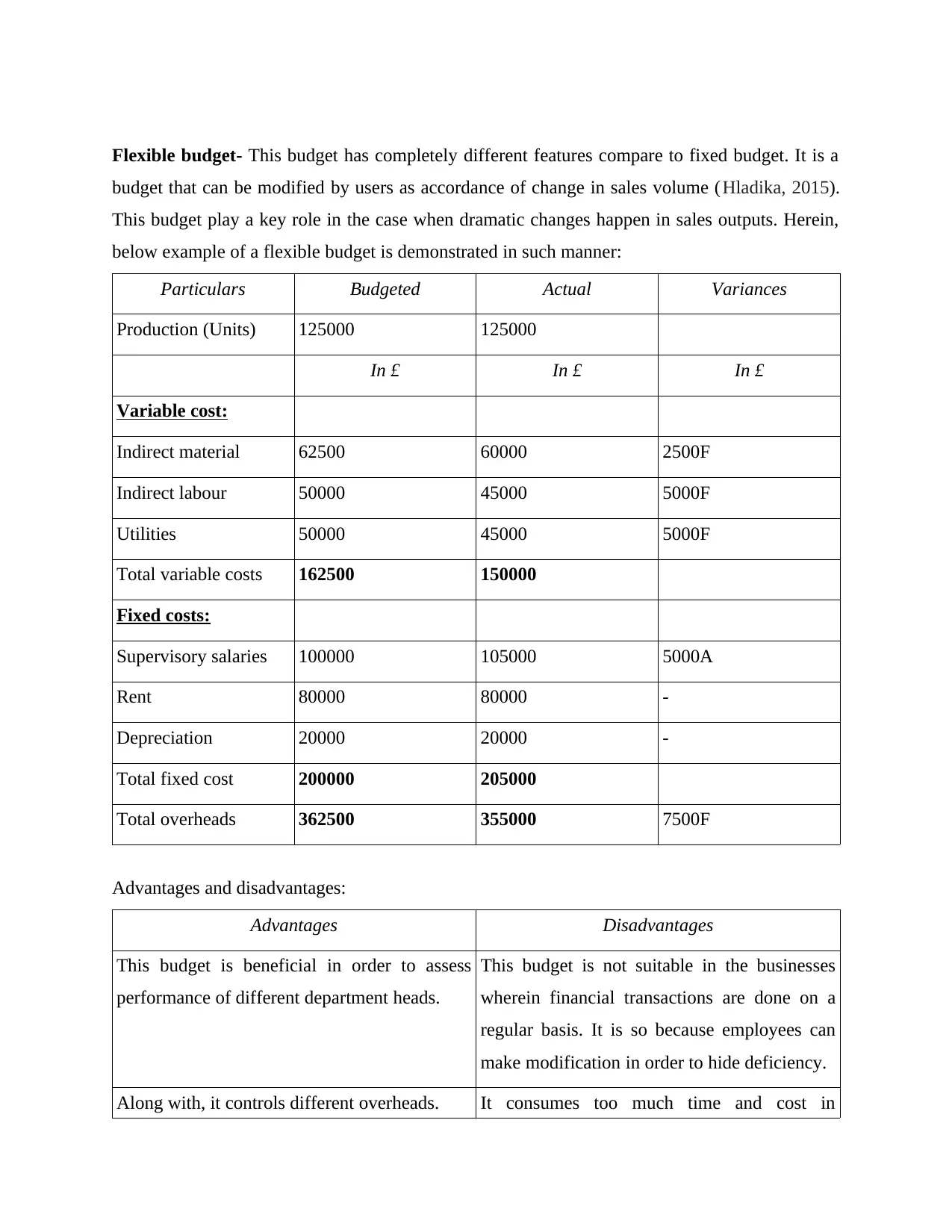
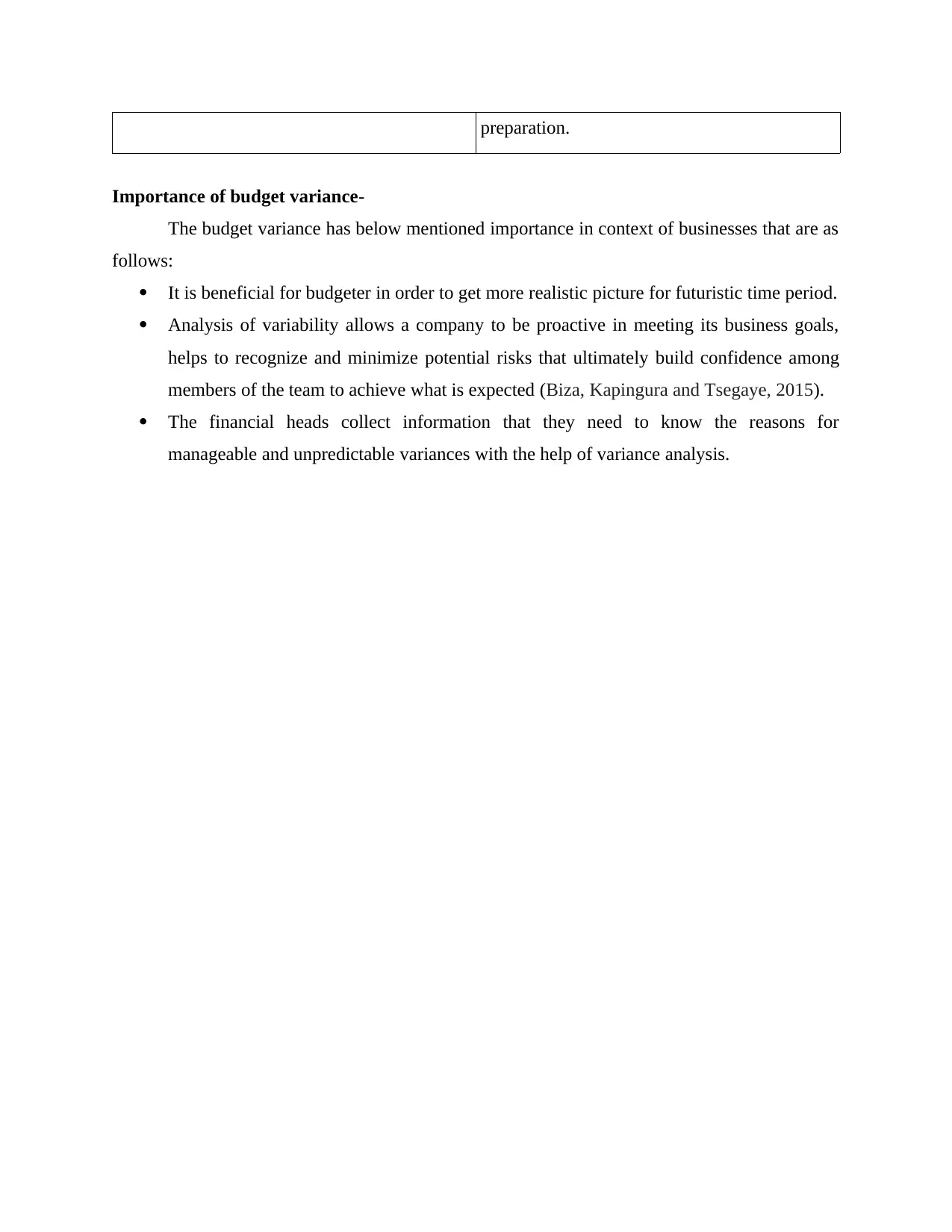
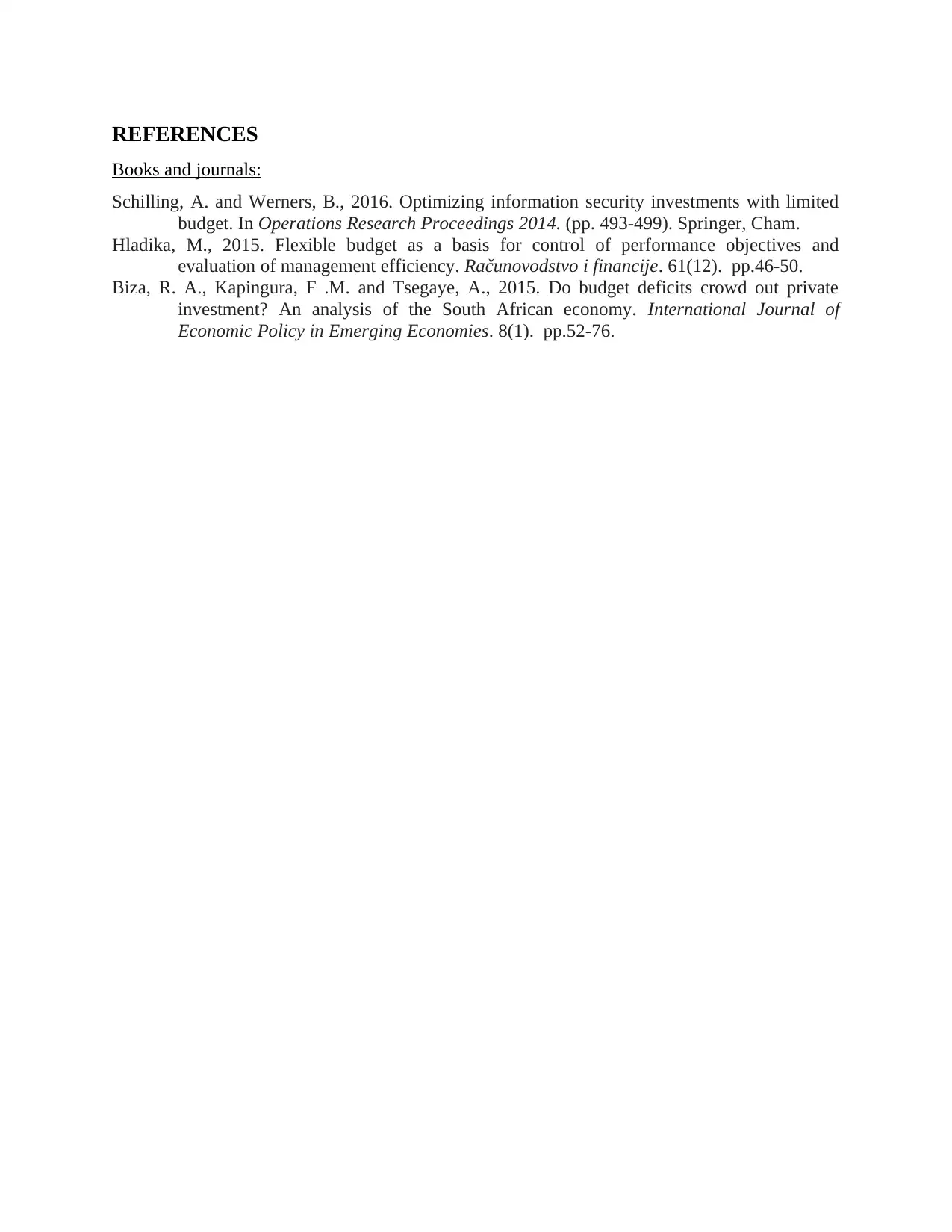






![[object Object]](/_next/static/media/star-bottom.7253800d.svg)